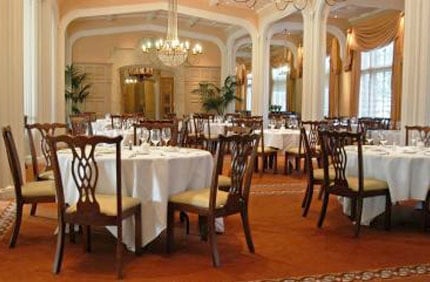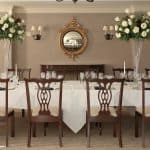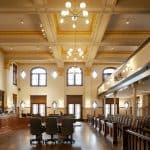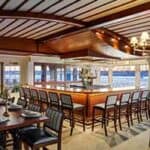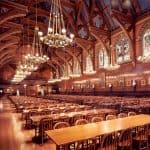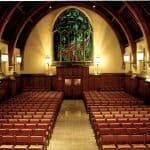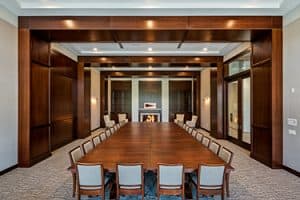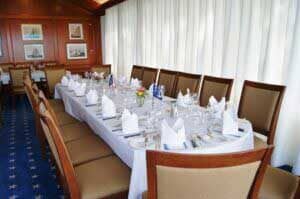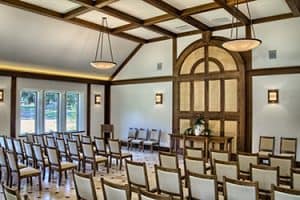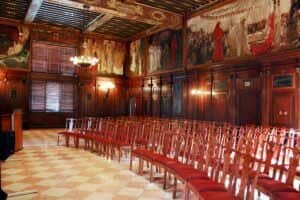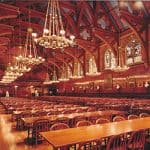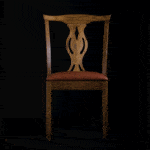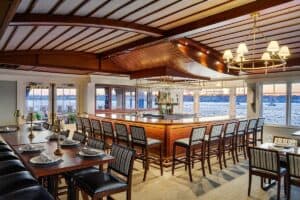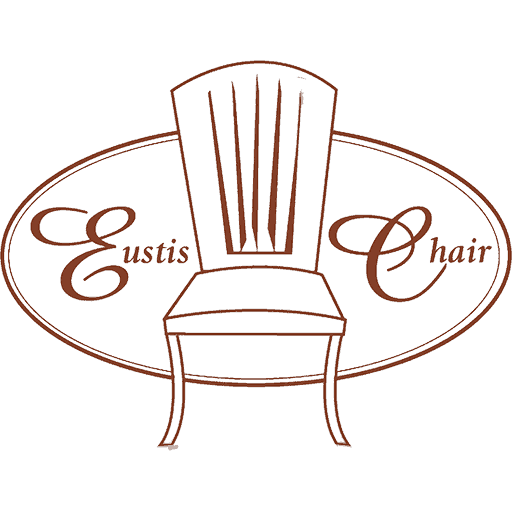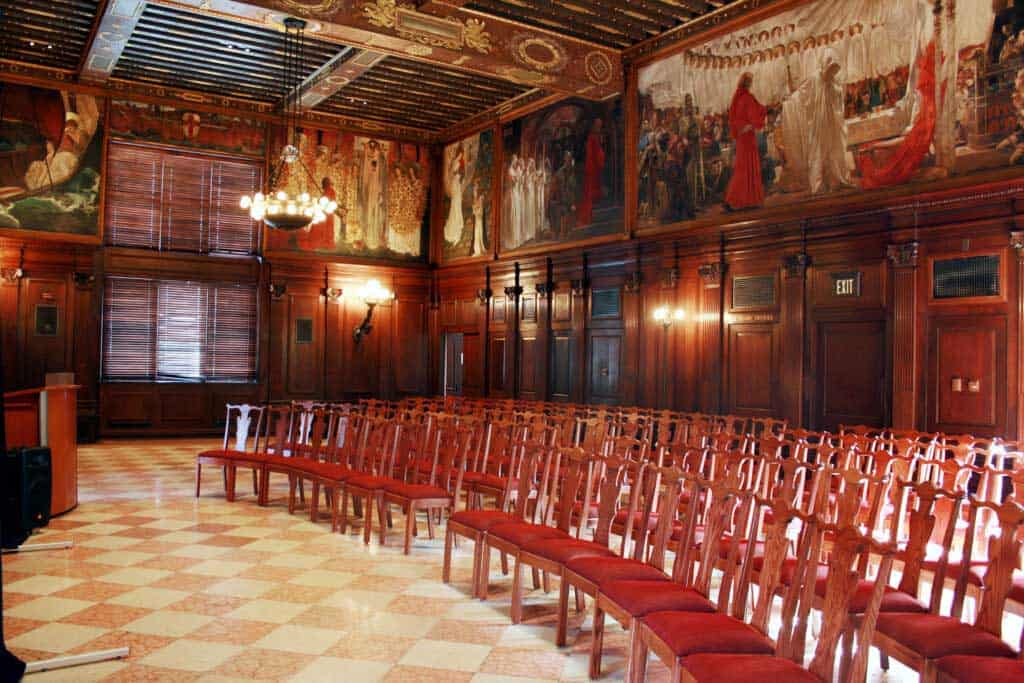Eustis Chairs for Romanesque Room Architecture
At Eustis Chair we create furniture best tailored for your high-use space. For example, our line has a variety of models customized for certain architectural styles. Firstly, these include the Romanesque Room style. Undoubtedly, we highlight these styles as a starting point to decide which chair is best for your institution. Consequently, historic country clubs and other social institutions have preserved most architecture done in the Romanesque tradition. As I have noted, here is a guide either for buildings built in this aesthetic or for a classic look for your dining and event spaces.
At first, Romanesque took its name from designs prevalent throughout the Roman Empire. Then, during the Early Middle Ages, it emerged characterized by castle fortresses. Eventually, Romanesque came to be an umbrella term for various architectural styles. These have been popular since the Late Middle Ages. Other styles that fall in this category include Renaissance Revival, Baroque, and Rococo. As a result, multiple historical buildings springing for an opulent look have invested in Romanesque features. These include large towers, lofty pillars, and detailed stonework that decorate a castle’s many passageways.
Modern Examples
For example, some of the foremost examples above include our past customers. As a matter of fact, the Boston Public Library’s McKim building is named after its architect Charles Follen McKim, whose focus on building a “palace for the people” resulted in a Renaissance Revival masterpiece. The Abbey room, shown here, displays fifteen panels depicting the legend of Sir Galahad and the Holy Grail.
The College of the Holy Cross is the oldest Catholic college in New England. Dinand Library, an architectural crown jewel, is located on campus. Iconic columns soar to a ceiling trimmed with gold and detailed carvings. This brings to mind the palazzos of the past dedicated to philosophy and learning.
Claremont Country Club charms many of California’s residents in Oakland, especially with its grand dining room fit for royalty. Floor-to-ceiling windows mimic the open archways of historic courtyards, with opulent chandeliers and engraved pillars enhancing the gorgeous effect.
We have worked with all three to construct fitting Romanesque Room chairs for these premier spaces.
Out of the 90+ chairs in our line, there are five that best embody the spirit of the Romanesque Revival:
- Queen Anne comes with the classic cabriole and ball-and-claw leg that characterizes its namesake. Its minimal ornamentation appears on the backrest. The slat is delicately carved in slight, gently curving lines. It has an origin in the late Baroque style. Here it is given a modern upgrade. We added additional comfort, elegance, and durability.
- The University Club is a Chippendale-inspired construction that is both palatial and stackable. Its woodworking adopts Renaissance-era ideals of balance and harmony in the rear rail via rolling arcs and chiseled touches. Our past clients have handpicked the University Club – or one of its armchair or 10-60 iterations – to enrich their Romanesque hall ornamentation.
- The Louis chair gets its styling from 18th-century France, but the engineering is totally modern. Two lower rails flow seamlessly into the back legs, acting as firm – yet minimal – backing for the archetypal circular frame of the seat back. Its seat rails and legs are smooth. We custom-stain them to achieve an opulent finish. It is for exceptional establishments.
Other examples:
- The Claremont has inspired several additions to our line as a top bestseller, with multiple clubs and institutions clamoring for its exquisite, sculpted composition. The back supports are curved and braided into the shapes of leaves and diamonds. Additionally, these weave their way to a seat nothing short of spectacular in comfort and durability. It is arguably our most elegant hardwood stacking chair yet, sure to dazzle aficionados for decades to come.
- The King and Prince chair was originally designed to enhance the elegance of a Victorian dining room. It combines 19th-century tradition with 21st-century technology. The crest rail at the top lopes down from its finials to the gracefully curved back slat. This presents a seat that seems tailored for royalty. This chair, along with our armchair alternative, stacks up to six high. This allows many uses for institutions.
In the past, We highlighted chairs best fit for Gothic Revival architecture and design as well as chairs that fit other architectural styles. Indeed, view our complete directory of chair models for other examples. In conclusion, contact us for a consultation.













